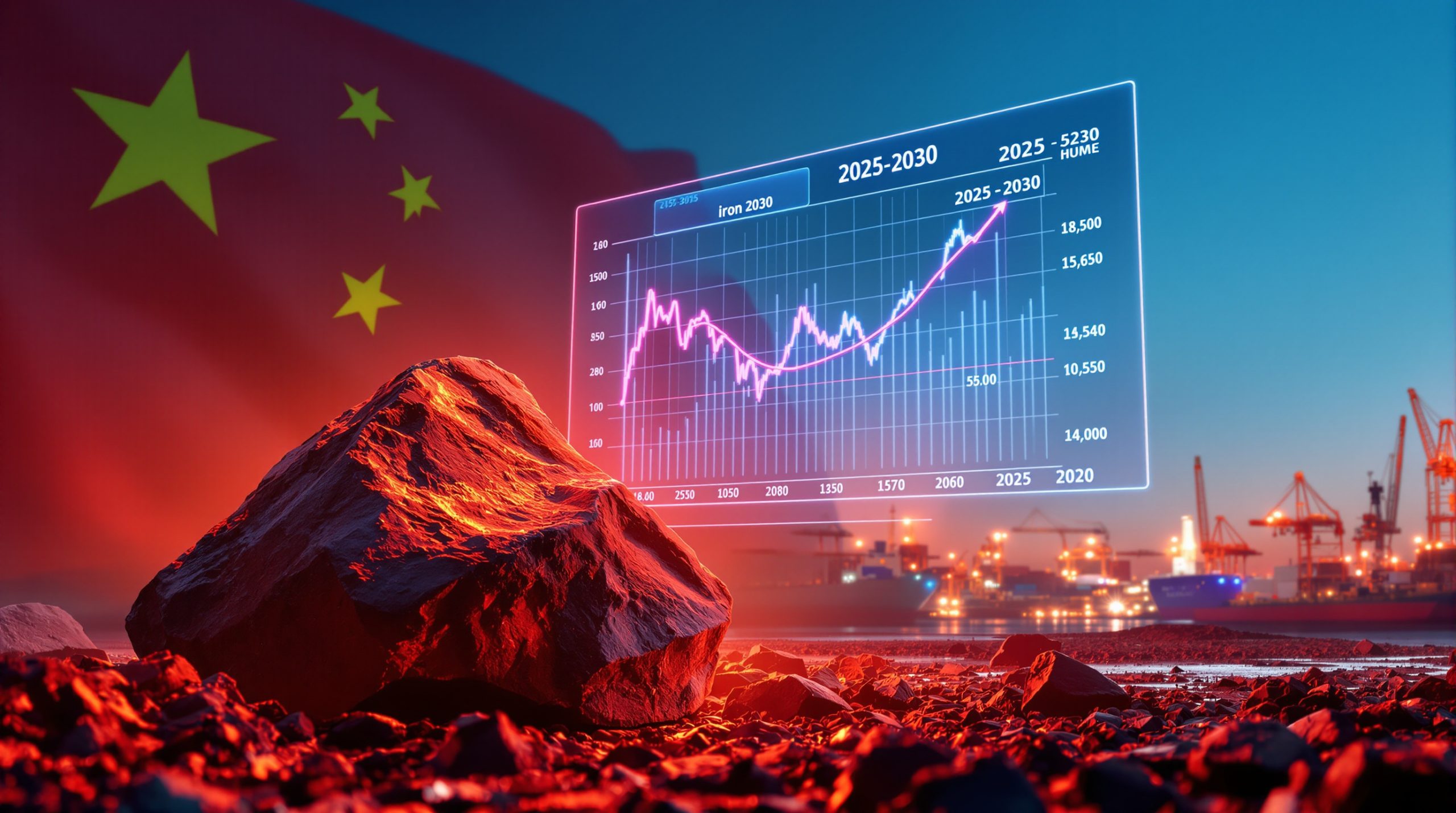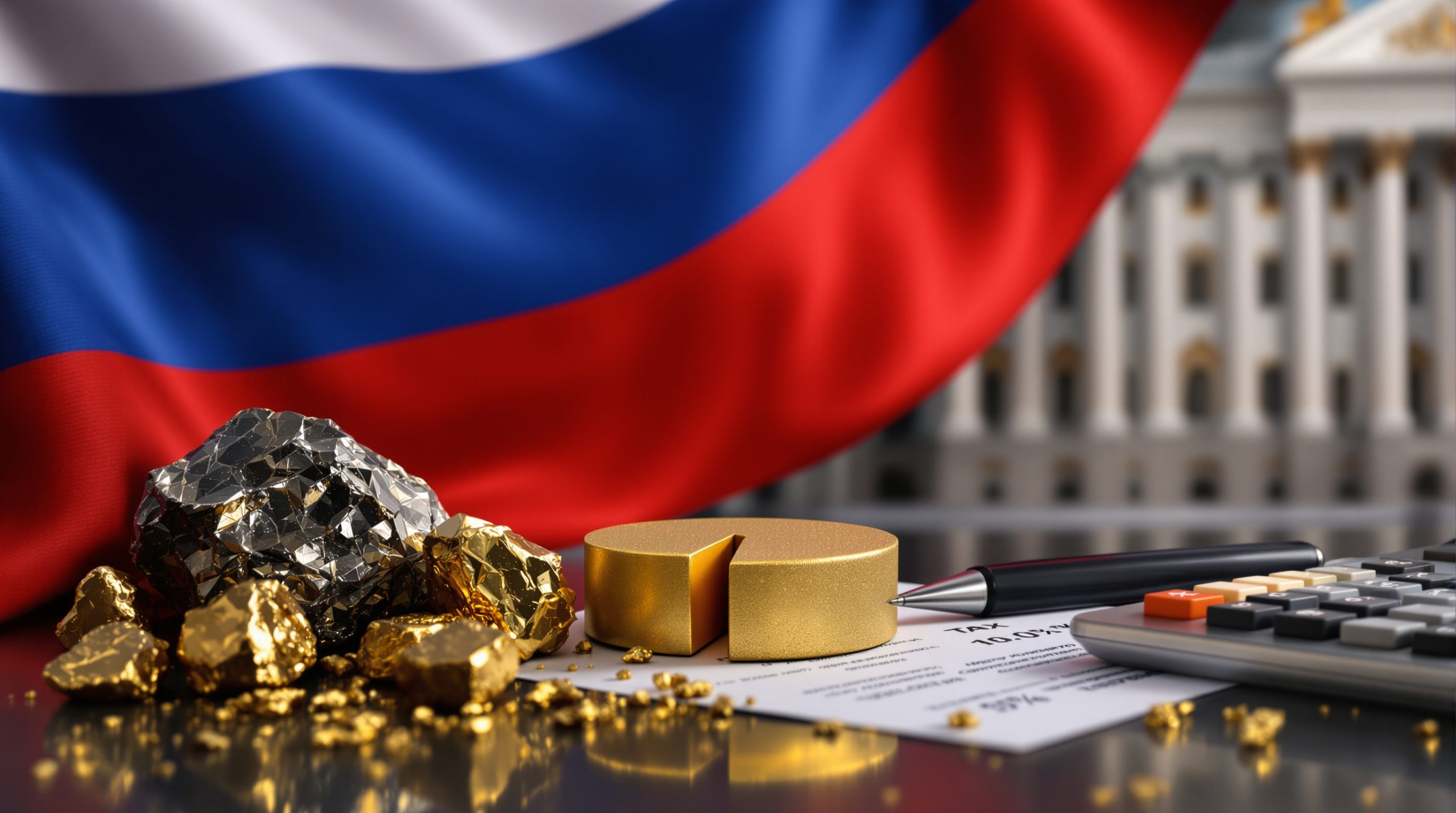What Are Rare Earth Elements and Why Do They Matter?
The Critical Role of Rare Earths in Modern Manufacturing
Rare earth elements (REEs) comprise 17 metallic elements on the periodic table with unique chemical and physical properties that make them indispensable in modern technology. Despite their name, most REEs are relatively abundant in the Earth's crust, but they rarely occur in concentrated, economically viable deposits. These elements are divided into light rare earths (like neodymium and praseodymium) and heavy rare earths (such as dysprosium and terbium), each serving distinct industrial applications.
The strategic importance of REEs cannot be overstated. They are essential components in everything from smartphones and laptops to advanced defense systems. Their magnetic, luminescent, and electrochemical properties enable miniaturization and efficiency improvements across industries. In renewable energy, REEs are critical for wind turbine generators and solar panel components. For the automotive sector, particularly electric vehicles, neodymium magnets provide the high-performance, lightweight motors that drive the green transportation revolution.
A single F-35 fighter jet contains nearly 417 kg of rare earths, while an average electric vehicle uses about 1-3 kg of these elements in its motor and battery systems. The defense industry's reliance on REEs for precision-guided munitions, radar systems, and night vision technology further elevates their status as materials of critical minerals energy security.
Canada's Untapped Potential: 15.2 Million Tonnes Reserve
Canada sits on a treasure trove of rare earth elements, with 15.2 million tonnes of rare earth oxide reserves according to 2023 estimates. This places Canada among the world's top potential suppliers, behind only China, Vietnam, Brazil, and Russia. These reserves represent a significant opportunity for North American supply chain security, particularly as geopolitical tensions heighten concerns about resource accessibility.
The geological distribution of Canada's REE deposits offers a competitive advantage. Unlike some global deposits that skew heavily toward light rare earths, Canadian resources contain both light and heavy rare earth elements in economically viable concentrations. This balance is crucial, as heavy REEs like dysprosium and terbium command higher market prices and face more severe supply constraints.
Quebec's Strange Lake and Thor Lake deposits contain some of North America's richest concentrations of both light and heavy REEs, with estimated grades between 1.3-1.8% total rare earth oxides (TREO). In Labrador, the Kipawa and Ashram projects represent significant potential with established infrastructure connections. The Northwest Territories' Nechalacho project stands out with an estimated 49 million tonnes of rare earth-bearing resources grading 1.7% TREO.
How Is China's Dominance Affecting Global Rare Earth Supply Chains?
Current Market Control and Export Restrictions
China's dominance in the rare earth industry represents one of the most concentrated resource monopolies in modern economic history. Through decades of strategic investment and government support, China has secured control of approximately 70% of global REE mining output and an astounding 90% of processing capacity. This dominance extends throughout the value chain, from mining and separation to refining and magnet production.
The ramifications of this market concentration became evident in 2010 when China restricted rare earth exports following diplomatic tensions with Japan, causing global prices to surge by up to 700% for certain elements. More recently, in July 2023, Beijing announced export controls on gallium, germanium, and related technologies, followed by December restrictions on rare earth extraction and separation technologies, signaling a willingness to leverage its resource advantage during trade war impacts.
"The world has underestimated the strategic leverage China's rare earth dominance provides. These aren't just industrial inputs; they're geopolitical chess pieces in a complex global game." – Canadian mining industry analyst at a recent minerals security forum
Price volatility resulting from supply uncertainty has profound ripple effects. When China reduced export quotas in recent years, the cost of neodymium oxide jumped from $50/kg to over $110/kg within six months. For manufacturers with thin margins, such fluctuations can mean the difference between profitability and bankruptcy.
North American Automotive Sector Vulnerabilities
Canada's automotive manufacturing sector, representing approximately 10% of the country's manufacturing GDP and employing over 125,000 people directly, faces acute vulnerability to rare earth supply disruptions. The industry's transformation toward electric vehicle production has intensified this dependency, as each EV requires approximately 1-3 kg of rare earths for motors alone.
Major Canadian auto parts manufacturers like Magna International and Linamar Corporation have reported supply chain disruptions directly linked to rare earth availability constraints. Production delays at Ontario assembly plants have resulted in estimated losses exceeding $120 million in 2023 alone. The vulnerability extends beyond immediate economic impacts to questions of long-term industrial competitiveness.
A comprehensive supply chain analysis conducted by Industry Canada revealed that 87% of rare earth inputs used in Canadian manufacturing originate from Chinese sources, either directly or indirectly. This dependency creates multi-layered risks:
- Price volatility: Sudden cost increases cannot always be passed to consumers
- Supply interruption: Production disruptions due to delayed shipments
- Quality control: Variable specifications affecting final product performance
- Future design limitations: Constraints on innovation due to material uncertainty
What Is Canada's New Mining Strategy Under Prime Minister Carney?
Investment Priorities for Domestic Rare Earth Development
The Carney administration has signaled a decisive shift in Canada's approach to critical minerals, implementing what industry observers call the most comprehensive rare earth development strategy in Canadian history. This strategic pivot builds upon but significantly expands previous efforts, with rare earths elevated to top-tier priority status within the broader critical minerals framework.
Central to this strategy is the accelerated permitting process for mining projects with rare earth components. The new "Strategic Resources Fast Track" initiative aims to reduce approval timelines from the current average of 7-10 years to 3-5 years for projects meeting national interest criteria. This streamlining maintains environmental standards while eliminating redundant assessments and establishing concurrently running review processes.
Financial incentives form another pillar of the strategy:
- The Canadian Critical Minerals Fund: $1.5 billion allocated for rare earth project development
- Exploration tax credits increased to 30% for REE-focused projects (up from 15%)
- Risk-sharing mechanisms for processing facility development
- Loan guarantees covering up to 40% of capital costs for qualified projects
This approach marks a significant departure from the previous administration's more cautious stance on resource development. Under Justin Trudeau, environmental assessment timelines extended, and several proposed rare earth projects faced delays averaging 2.5 years longer than historical norms. The Carney strategy aims to balance environmental responsibility with economic urgency.
Infrastructure and Processing Capability Expansion
Recognizing that mining alone is insufficient, Canada's strategy places heavy emphasis on developing domestic processing capabilities—the critical middle step where China's dominance is most pronounced. The plan includes the establishment of three integrated processing hubs:
- Quebec Processing Center: Focusing on light rare earth separation with a planned capacity of 2,500 tonnes annually
- Saskatchewan Separation Facility: Specializing in heavy rare earths with advanced solvent extraction technology
- Ontario Magnet Manufacturing Cluster: Converting processed materials into finished components
The transportation infrastructure necessary to support this industry is receiving parallel investment. The Churchill Transportation Corridor is being expanded to facilitate northern resource movement, while port facilities at Sept-Îles are undergoing a $230 million upgrade to accommodate increased mineral export volumes.
Environmental considerations remain central, with all new facilities required to implement best-in-class waste management and emissions control. The "Clean Mining Innovation Fund" provides matching grants for technologies that reduce environmental footprints of extraction and processing. This balanced approach aims to position Canada as a leader in sustainable mining industry evolution.
How Does Canada Position Itself in US-China Trade Tensions?
Canada's Stake in Rare Earth Diplomacy
Canada occupies a unique position in the evolving rare earth geopolitical landscape, straddling both geographic proximity to the United States and significant economic ties with China. This middle-power status creates both challenges and opportunities in Canada's diplomatic approach to rare earth development.
The Canada-United States-Mexico Agreement (CUSMA) includes provisions that incentivize North American sourcing of critical minerals, creating natural alignment with U.S. efforts to reduce dependency on Chinese materials. Simultaneously, Canada maintains substantial trade relationships with China, its second-largest trading partner, creating complex cross-pressures on policy decisions.
Canada's diplomatic strategy appears to be evolving toward what policy analysts term "strategic autonomy"—building domestic capacity while maintaining flexibility in international partnerships. This approach acknowledges several realities:
- Complete decoupling from Chinese rare earth supplies is economically impractical in the short term
- U.S. demand alone cannot sustain the scale of investment needed for Canadian rare earth development
- Environmental and labor standards can be competitive advantages rather than constraints
- Diversification of both supply sources and market destinations reduces vulnerability
"We're not choosing sides in a minerals cold war. We're creating options for North American manufacturers while maintaining principled trade relationships with all partners who respect market rules," noted a senior official at Natural Resources Canada.
Collateral Impact of Trade War on Canadian Industries
The ripple effects of US-China trade tensions have already reached multiple sectors of Canadian manufacturing. A comprehensive industry survey conducted in 2023 found that 63% of Canadian manufacturers reported negative impacts from rare earth supply chain disruptions, with effects ranging from increased input costs to complete production stoppages.
The most severely affected sectors include:
| Industry Sector | Reported Disruption Level | Primary Impact |
|---|---|---|
| Electric Vehicle Components | Severe (76%) | Production delays, cost increases |
| Medical Imaging Equipment | Moderate (58%) | Extended lead times, quality issues |
| Consumer Electronics | Moderate (52%) | Redesign requirements, margin pressure |
| Defense Contracting | Significant (67%) | Project delays, specification changes |
| Renewable Energy | Severe (71%) | Installation backlog, cost overruns |
Case studies reveal the complex adaptation strategies Canadian companies have implemented. Toronto-based Magna International shifted to redundant supplier networks at a 15-20% cost premium. Montreal's CAE Inc. invested $45 million in redesigning components to reduce rare earth requirements. These responses demonstrate both the resilience and the costs associated with supply chain uncertainty.
What Challenges Must Canada Overcome to Scale Rare Earth Production?
Technical and Financial Barriers
Developing a viable rare earth industry in Canada faces formidable technical and financial hurdles beyond typical mining ventures. The capital intensity of rare earth projects exceeds that of conventional mining by approximately 40%, with specialized processing facilities representing the largest cost component.
Financial requirements for a complete mine-to-magnet operation typically include:
- Exploration and mine development: $250-500 million
- Concentration and initial processing: $300-600 million
- Separation facility: $600 million-1.2 billion
- Metal/alloy/magnet production: $400-800 million
These figures translate to total investment requirements of $1.5-3 billion per integrated project—a scale that exceeds the risk appetite of most individual mining companies without significant government support or strategic partnerships.
The technical challenges are equally daunting. Rare earth processing requires specialized knowledge that has largely developed within China over decades. Specific hurdles include:
- Mineralogical complexity: Canadian deposits often contain rare earths bound in unusual minerals requiring custom extraction methods
- Separation technology: Dividing individual rare earth elements from one another involves hundreds of processing stages
- Radioactive material management: Many deposits contain thorium and uranium that must be safely handled
- Scale economics: Processing facilities become economically viable only at production levels that require multiple mining operations to support
The expertise gap presents perhaps the most immediate obstacle. Canada currently has fewer than 150 engineers with specialized rare earth processing experience, compared to China's estimated 3,000+ technical specialists in this field.
Environmental and Indigenous Considerations
Environmental management represents both a challenge and potential competitive advantage for Canada and rare earth mining. Unlike some international operations with problematic environmental records, Canadian projects must adhere to rigorous standards from inception. This creates higher initial costs but potentially stronger long-term outcomes and market positioning.
Water management poses a particular challenge, with rare earth processing typically requiring 200-400 cubic meters of water per tonne of rare earth oxide produced. Innovative closed-loop systems and water recycling technologies are being developed to address this issue, particularly for projects in water-sensitive regions.
Indigenous partnerships have evolved from regulatory requirements to essential components of project success. Modern resource development in Canada requires meaningful consultation and accommodation of Indigenous interests, with benefits-sharing arrangements increasingly becoming standard practice. The Nechalacho project in Northwest Territories demonstrates this approach, with the Yellowknives Dene First Nation holding equity participation and operational roles.
Several promising models have emerged:
- Equity partnership: Indigenous communities as shareholders in mining operations
- Revenue sharing: Defined percentage of project proceeds directed to community development
- Procurement preferences: Prioritization of Indigenous-owned businesses in service contracts
- Environmental co-management: Shared decision-making on environmental monitoring and management
- Skills development: Training programs creating pathways to high-skill positions
These partnerships require early engagement and transparent negotiation, extending project timelines but ultimately creating more sustainable operations with stronger social licenses.
How Might Canada's Rare Earth Industry Evolve by 2030?
Production Forecasts and Market Position
Industry analysts project that Canada could achieve production of 10,000-15,000 tonnes of rare earth oxides annually by 2030, representing approximately 7-10% of non-Chinese global supply. This growth trajectory depends on at least four major projects reaching commercial production within the next five years, with additional operations following shortly thereafter.
The most advanced projects likely to contribute to this production include:
- Strange Lake (Quebec): Projected 5,000 tonnes REO annually, focusing on heavy rare earths
- Nechalacho (Northwest Territories): Expansion to 3,000 tonnes REO annually
- Ashram (Quebec): Potential 4,000 tonnes REO with exceptional neodymium/praseodymium content
- Kipawa (Quebec): Specialized heavy rare earth production of 2,000 tonnes annually
Market positioning will likely focus on high-purity, responsibly produced materials commanding premium pricing rather than competing directly with Chinese production volumes. The "Canadian REE Advantage" marketing initiative aims to position Canadian materials as environmentally superior and ethically sourced, targeting industries where supply chain transparency carries tangible value.
Forecasts suggest Canada could capture 15-20% of the North American rare earth magnet market by 2030, focusing primarily on the automotive and renewable energy sectors. This would represent approximately $1.2-1.8 billion in annual economic activity within the higher-value segments of the supply chain.
Integration with North American Manufacturing
The long-term vision for Canada's rare earth industry extends beyond mining and processing to deep integration with North American manufacturing ecosystems. This integration is taking shape through several emerging initiatives:
North American Magnet Alliance: A consortium of Canadian processors and U.S. manufacturers establishing guaranteed offtake agreements for rare earth materials meeting specified standards. This provides demand certainty for Canadian producers while securing supply for downstream users.
Cross-Border Technology Transfer: Research partnerships between Canadian universities and U.S. national laboratories focusing on process optimization and recycling technologies. The Canada-U.S. Critical Minerals Joint Action Plan includes funding for seven collaborative research projects specifically targeting rare earth challenges.
Resilience Through Recycling: Development of the "Urban Mining" initiative, which aims to recover rare earth elements from end-of-life products. The Circular REE Demonstration Facility in Hamilton, Ontario, has achieved 90% recovery rates from recycled electric motors and is scaling toward commercial operations by 2026.
Regional economic development plans are increasingly incorporating rare earth value chains, with specialized industrial parks developing around processing hubs. The raw materials facility concept pioneered in Europe is being adapted for the North American context, with the Saskatchewan Research Council's Rare Earth Processing Facility exemplifying this approach, creating an ecosystem of suppliers, processors, and manufacturers in geographic proximity to optimize logistics and knowledge transfer.
FAQ: Canada's Rare Earth Mining Development
What makes rare earth elements "rare" despite relatively abundant reserves?
Rare earth elements aren't particularly rare in the Earth's crust—cerium is actually more abundant than copper. However, they earned their name due to several factors that make economically viable deposits genuinely scarce:
-
Dispersed occurrence: Unlike metals that form concentrated ore bodies, REEs typically appear in low concentrations (often below 0.1%) scattered throughout host rocks.
-
Mineralogical complexity: Rare earths rarely form their own minerals, instead substituting for other elements in complex structures that require sophisticated processing to separate.
-
Co-occurrence patterns: The 17 rare earth elements almost always appear together in varying proportions, making selective mining of individual elements impossible.
-
Processing challenges: Separating individual rare earths from one another requires multiple stages of chemical processing due to their similar chemical properties—sometimes hundreds of sequential steps.
-
Economic threshold: While the elements themselves aren't rare, deposits with sufficient concentration to justify the high processing costs are genuinely uncommon.
Canada's advantage lies in having several
Want to Profit from the Next Major Mineral Discovery?
Discovery Alert's proprietary Discovery IQ model provides real-time alerts on significant ASX mineral discoveries, turning complex data into actionable investment opportunities. Visit the Discovery Alert discoveries page to understand how major mineral discoveries can lead to substantial market returns and begin your 30-day free trial today.




